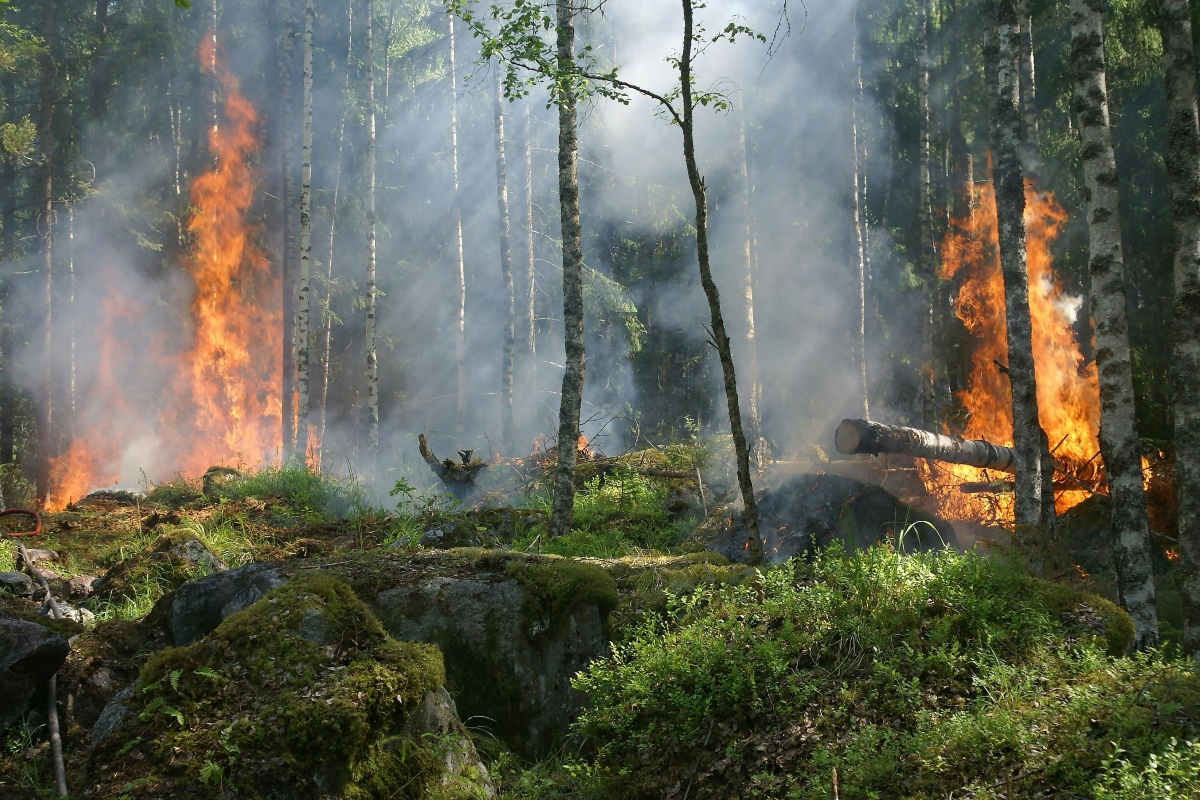Brazil is currently grappling with a devastating wave of wildfires, marking one of the worst environmental crises in recent history. As of September 2024, these fires have wreaked havoc across multiple regions. The affected areas include the Amazon rainforest and the Pantanal wetlands. The locations where this is happening have exacerbated an already critical situation driven by climate change and deforestation.
Where Brazil’s Wildfires Have Had The Most Impact
The wildfires are particularly severe in Pará, Amazonas, and Mato Grosso. These states account for over 80% of the fire outbreaks. The spike is due to a combination of persistent drought conditions and the return of El Niño, which has intensified heat and dryness across the region. Earth.Org reports that according to Brazil’s National Institute for Space Research (INPE), the Amazon recorded 38,266 fire hotspots in August alone. This figure is more than double that of the previous year.
The Pantanal, the world’s largest tropical wetland, also faces unprecedented destruction. In August 2024, this region experienced a 3,707% increase in wildfires compared to the same period last year. This has resulted in severe ecological damage, threatening the biodiversity that the Pantanal is renowned for.
In What Ways Do The Fires Affect The Communities And Wildlife?
The impact of these wildfires extends far beyond environmental degradation. Local communities, particularly Indigenous populations who rely on the Amazon River for sustenance and transportation, are facing dire conditions. Furthermore, the rivers’ water levels have plummeted to historic lows. Now, many lack access to essential resources like food and drinking water.
Wildlife has not been spared either. The fires have devastated habitats, leading to the rescue of hundreds of animals, including jaguars and giant anteaters, many suffering from severe burns. “The scenario is devastating,” remarks Fernando Tortato, a Brazil’s Institute for Ecological Research researcher. The loss of native vegetation and the death of animals threaten the ecological balance of the Pantanal, with consequences that may be irreversible.”
Human And Environmental Factors
While natural factors like drought and El Niño play significant roles, human activities are also guilty. Deforestation for agriculture and illegal land clearing have exacerbated the situation. They have created a “Deforestation Arc” where fires are most concentrated.
Currently, efforts to combat the fires are underway, with authorities like the Brazilian Institute of Environment and Renewable Natural Resources (IBAMA) mobilizing resources to contain the blazes. However, the vastness of the affected areas and challenging terrain complicate these efforts. The Brazilian government has declared a state of emergency, and federal police are investigating potential criminal activities linked to the fires.





